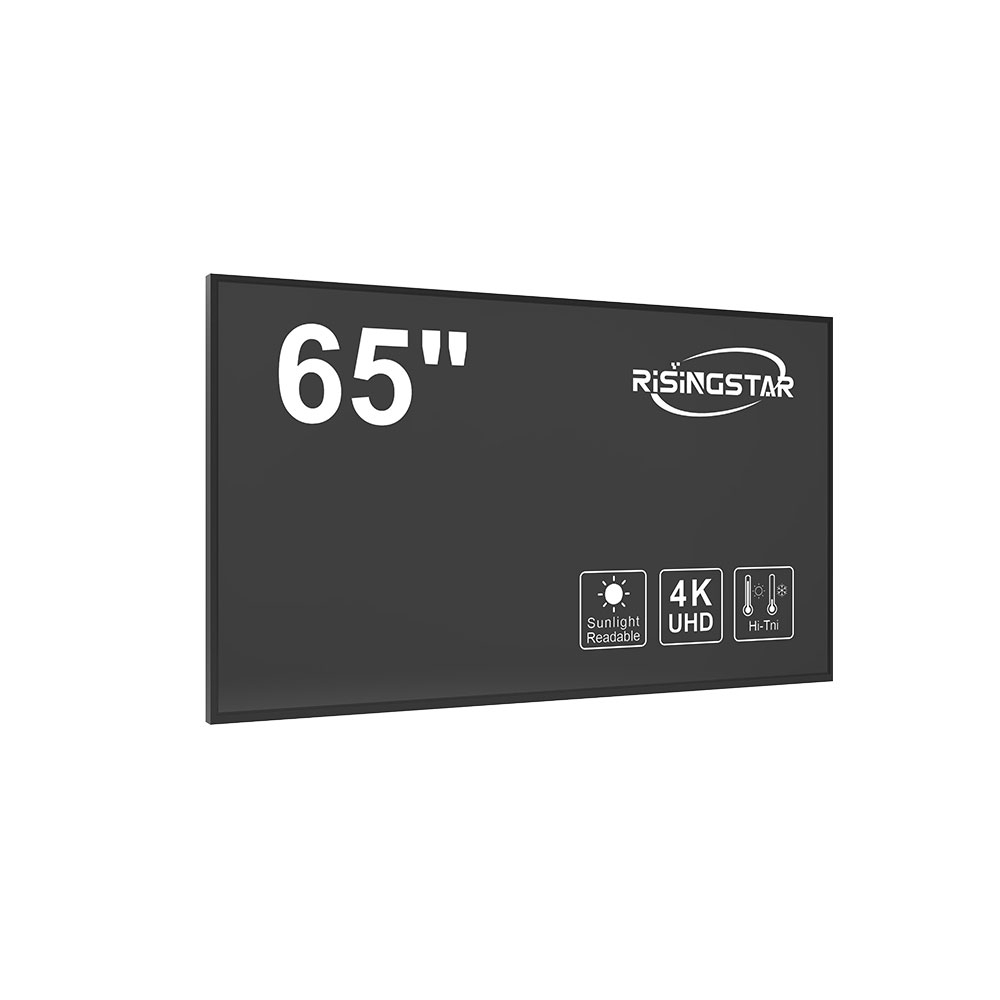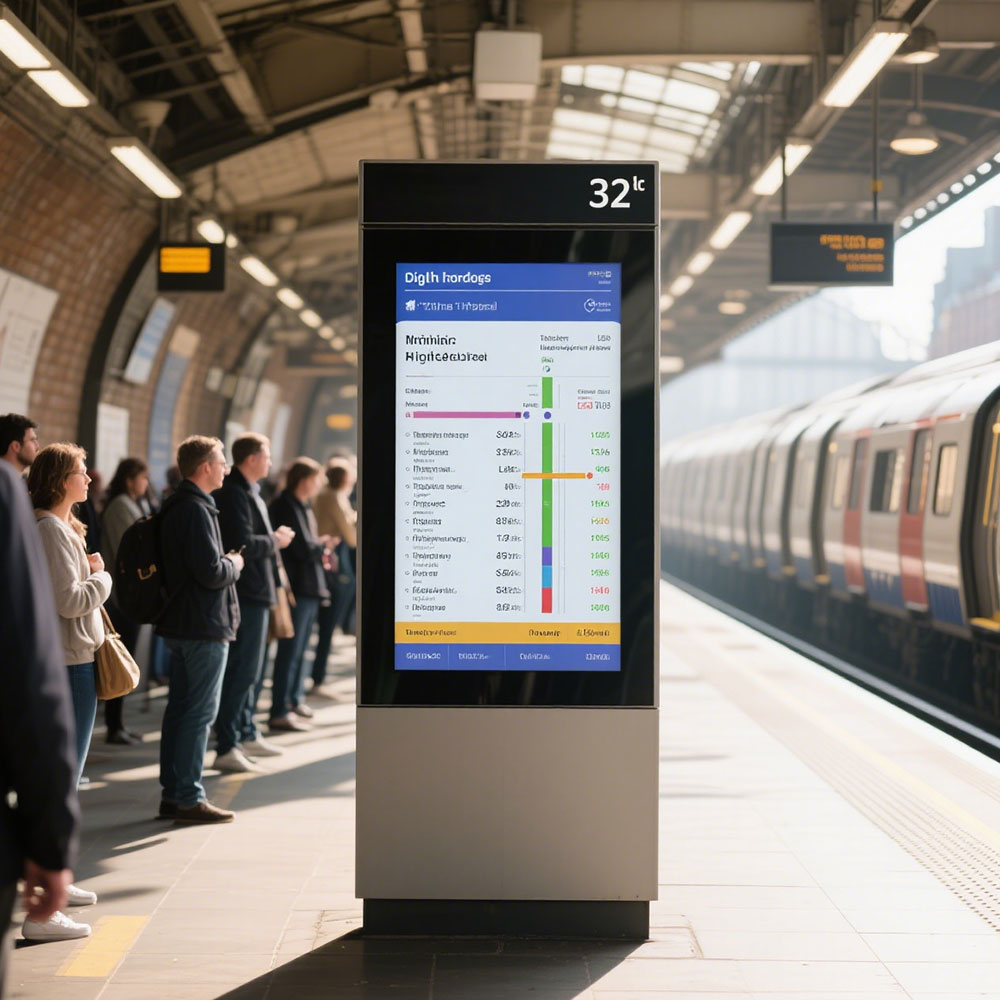Sunlight readable high brightness LCD screens are critical components in modern industrial, military, and outdoor applications where visibility under direct sunlight is essential. These displays typically offer brightness levels of 3,000 to 10,000 nits—far exceeding standard indoor LCDs (250–500 nits)—ensuring clear readability even in harsh lighting conditions such as bright sun, snow glare, or high-reflective environments.
One of the most common practical applications is in military field equipment, including command-and-control systems, drones, and vehicle-mounted displays. For example, the U.S. Army’s Joint Tactical Radio System (JTRS) relies on sunlight-readable LCDs to ensure mission-critical data remains visible during battlefield operations. Similarly, in the industrial automation sector, these screens are used in control panels for oil rigs, manufacturing lines, and power generation facilities where operators must monitor real-time data from outdoor or unshaded locations.

Advantages of high-brightness LCDs include superior contrast ratios, wide viewing angles (often 178°), and enhanced durability against temperature extremes (-30°C to +70°C). Many models incorporate anti-glare coatings, polarized filters, and advanced backlighting technologies such as LED arrays with dynamic brightness control to reduce power consumption while maintaining performance. According to a 2023 report by MarketsandMarkets, the global demand for sunlight-readable displays grew at a CAGR of 6.8% between 2022 and 2028, driven largely by smart infrastructure, autonomous vehicles, and IoT-enabled outdoor kiosks.
However, challenges remain. One frequent issue is thermal management—high brightness leads to increased heat output, which can degrade screen longevity if not properly managed through heat sinks or active cooling solutions. Another challenge is power efficiency; achieving ultra-high brightness without compromising battery life in portable devices remains a key design hurdle. Recent trends show a shift toward mini-LED and micro-LED backlights, offering better local dimming and energy efficiency than traditional white LEDs. Additionally, manufacturers like Sharp, LG, and Innolux now offer MIL-STD-810G-certified displays that meet stringent environmental standards for vibration, shock, and humidity resistance.

For engineers and procurement managers, selecting the right screen involves evaluating not just brightness but also IP ratings (e.g., IP65 for dust/water resistance), operating temperature range, and compatibility with ruggedized enclosures. As industries move toward digital transformation, sunlight-readable high brightness LCDs are no longer optional—they are a foundational technology enabling reliable human-machine interfaces in extreme environments.







